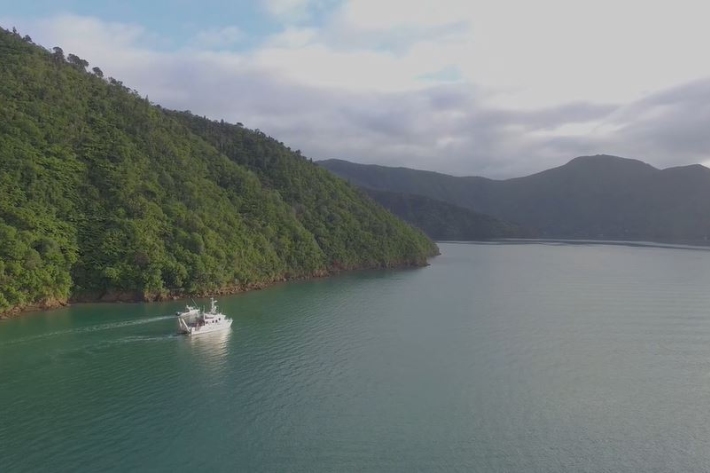-
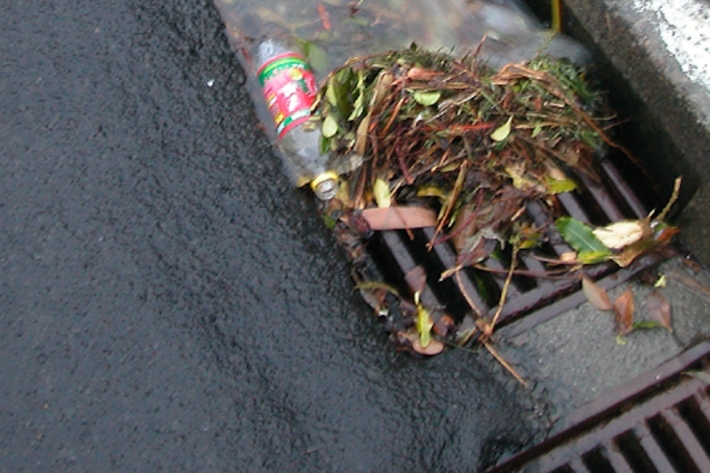
Urban Runoff Quality Information System (URQIS)
ServiceNIWA's Urban Runoff Quality Information System (URQIS) provides planners, engineers and researchers with information about the quality of stormwater from different locations and landuses and under different flow conditions. -

Mussel farms may benefit the environment
Media release13 June 2023A new study is doing a deep dive into whether mussel farms could help reduce nitrogen in New Zealand waters. -
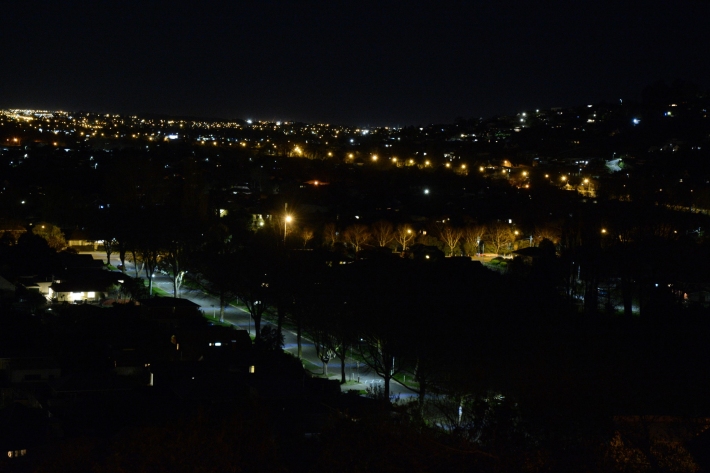
Investigating ecological impacts on freshwater insects from LED streetlight conversions
Research ProjectMany New Zealand cities and towns have switched over to modern LED street lighting. The move will save on operational costs, but little is known what impact artificial streetlights have on flying freshwater insects which are integral to our waterway ecosystems. NIWA investigated the likely impact as part of a four-year MBIE-funded Smart Idea project. -
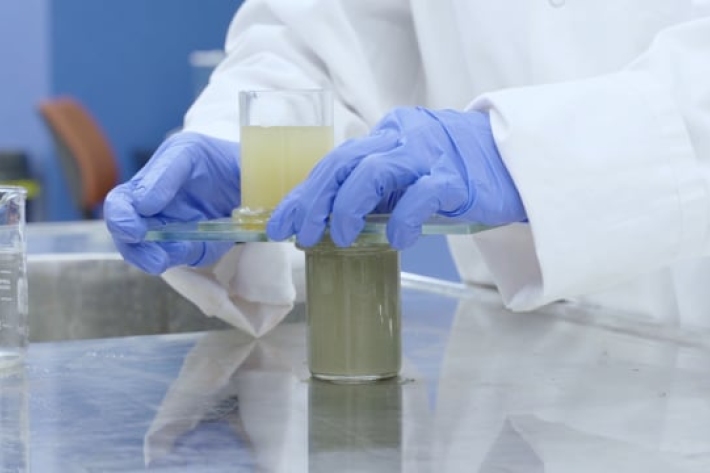
Microplastics: a deeper problem than we thought?
There is increasing global concern about the presence of plastic pollution in our oceans. -
Study discovers microplastics in New Zealand’s seabed
Media release16 July 2021A pilot study carried out by NIWA and the University of Auckland has found microplastics in samples collected from the seafloor in the Marlborough Sounds. -
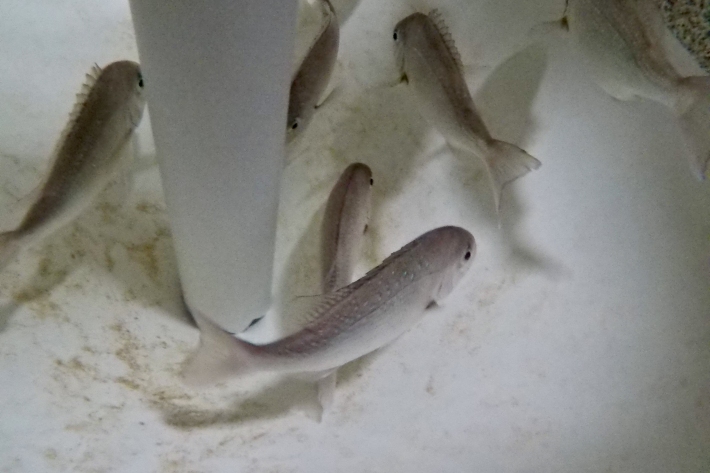
Research finds microplastics in fish muscle tissue
Media release18 March 2021Some of the first research into how microplastics are affecting New Zealand fish species has revealed that microplastic fragments can find their way through the gut lining and into muscle tissue. -
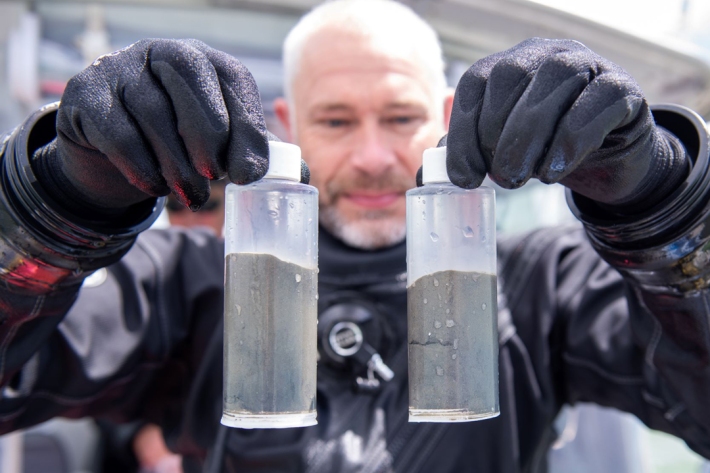
NIWA science divers finish mud marathon
Feature story04 January 2021Where there’s mud, there’s scientists. NIWA divers recently got down and dirty while completing a harbour-wide dive survey in the Wellington area. -
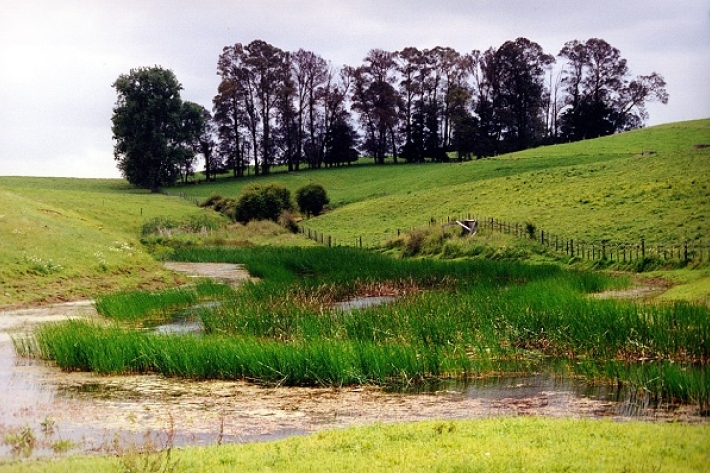
NIWA’s Estuarine Trophic Index
Research ProjectConstructed wetlands, detention bunds, woodchip denitrification filters and planted riparian buffers are examples of a growing suite of edge-of-field and farm-scale mitigation systems that are being trialled across rural New Zealand to reduce the impact of diffuse pollution on freshwater quality -
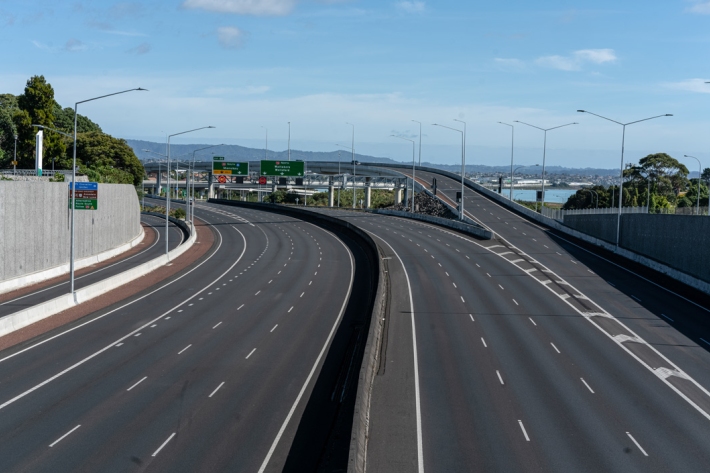
Locked down, but breathing freely
Feature story28 July 2020Some of the most striking images of lockdown around the world have been the blue skies of cities ordinarily choking in smog. From New Delhi to Los Angeles, Beijing to Paris, the changes were so remarkable they were visible from space. -
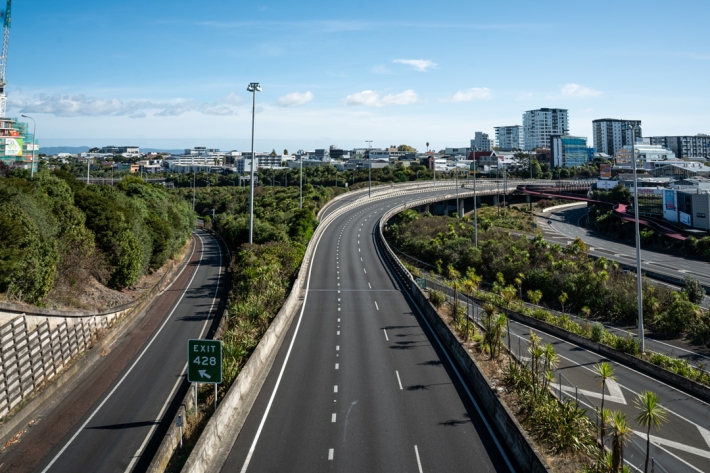
Seven weeks of clearing the air provides huge benefits
Media release18 May 2020Seven weeks of lockdown has provided evidence of how pollution can vanish overnight with benefits for the environment and individuals, says NIWA air quality scientist Dr Ian Longley. -

Fish snack on microplastics
Media release22 October 2019Research shows how fish are being affected by microplastics. -
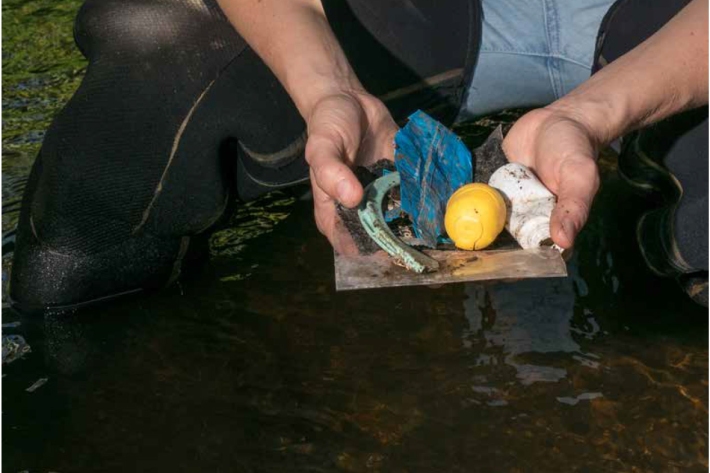
Plastic pollution processes in rivers
Research ProjectMost of the plastic in the ocean originates on land, being carried to the estuaries and coasts by rivers. Managing this plastic on land before it reaches the river could be the key to stemming the tide of marine-bound plastics. The aim of this project is to understand the sources and fate of plastic pollution carried by urban rivers using the Kaiwharawhara Stream as a case study.

